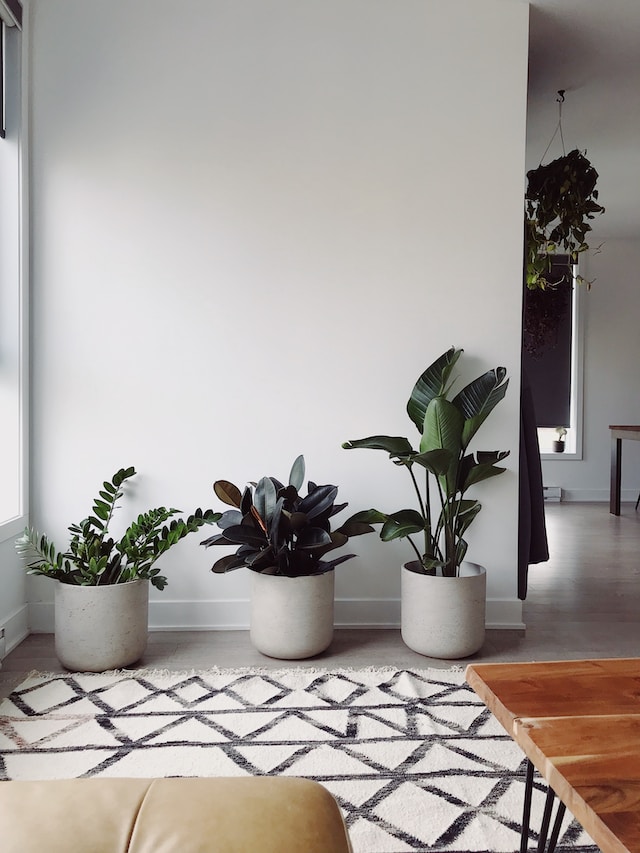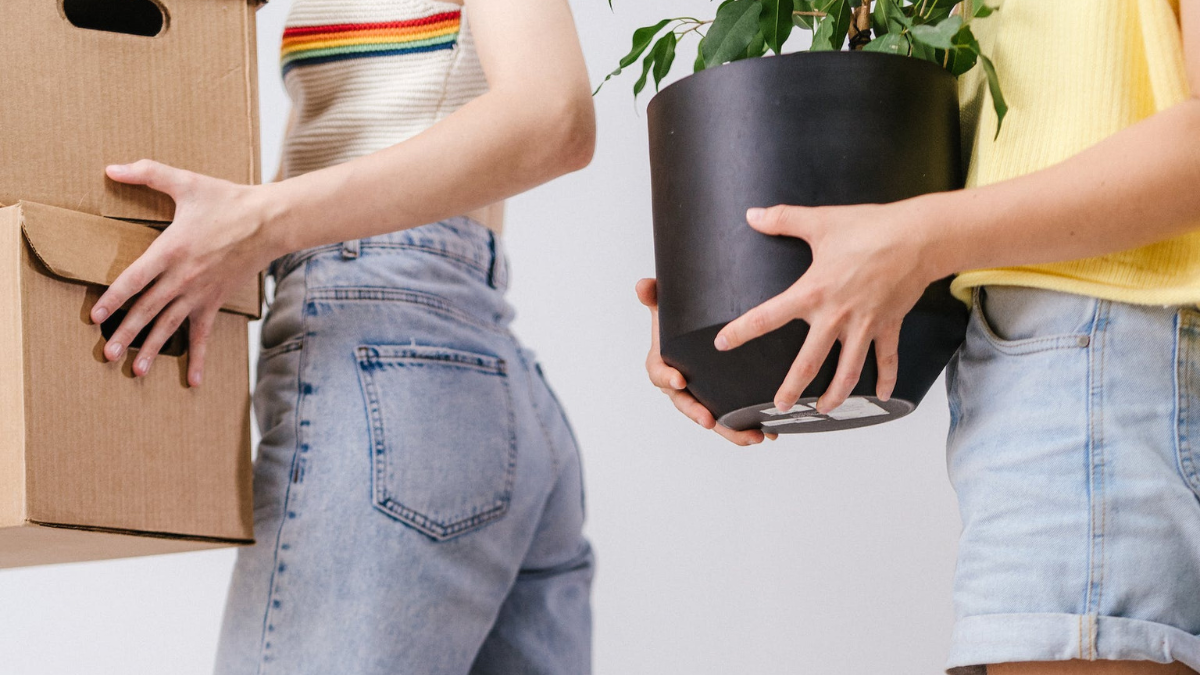Moving Plants: Tips on How to Move Your Plants
Plants are considered fragile items in terms of moving as they are susceptible to high temperatures and getting crushed in transit. Many removal services will not load plants onto their trucks due to their delicate nature, and if they do, damage to your precious flora is never insured. For these reasons, it is highly recommended that you bring your plants inside your vehicle.

However, for heavy and large potted plants, sometimes loading them into a truck is your best option. Before you decide to move a plant, ask yourself the following questions:
How big is my plant?
Take measurements of your large plants. Note the height and width of your plant as well as the size of the pot. Notify our MiniMovers removalists of these figures when you book your move with us.
How can I move my outdoor potted plants?
As mentioned above, some removal services will not load plants into the moving truck, nonetheless, MiniMovers will be happy to do the job for you. We do not charge extra for moving plants but we can only move potted plants weighing 150 kilos at the most, or anything that two able-bodied removalists can safely carry.
Soil holds onto water for an extended period. Moving a large potted plant right after watering will greatly increase its weight, making it harder, if not nearly impossible for removalists to lift. We recommend that you refrain from watering your plants 1-2 days before your house move.
How will I move my smaller plants?
You can either bring your plants with you inside your vehicle or pack them inside boxes to be carried off inside the moving truck. Most plants are very likely to suffer even from a local move. The absence of sunlight, proper ventilation and an increase in temperature could potentially damage your plants.
Can it survive my new climate?
Study the plant species that you currently have to see if they can adapt to your new residence’s climate. Most indoor houseplants cannot survive temperatures below 30 or higher than 100 degrees, while outdoor plants greatly vary in terms of optimal temperature.
Will it have space in my new garden?
Carefully plan how to rebuild your new garden landscape. By having a carefully laid out plan on how your garden will look, you can eliminate non-essential plants from your moving list. Take into account the soil quality of your new garden to determine if your plants will thrive after replanting.
I’ve got everything covered! Anything else I need to know?
Depending on which part of Australia you are moving to, you must identify if there are any required permits associated with moving plants and soil to your new residence. The transporting of soil is regulated to prevent the risk of introducing diseases, weeds and pests (i.e. Queensland Fruit Fly, Red Fire Ants) into the area.
Gardeners may take the “spare no expense” route to move their plants but for many who just enjoy the aesthetic appeal of a gorgeous garden, it would be a good option to leave your plants. Call up the local plant/flower nursery to have a new batch of plants delivered directly to your new home.
For more guides, check out The Ultimate Guide to Moving House and Techniques for Pre-Packing Fragile Items.
